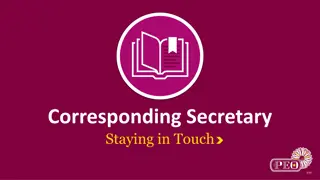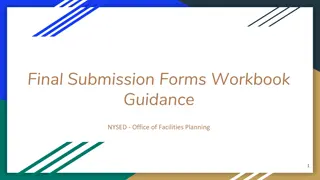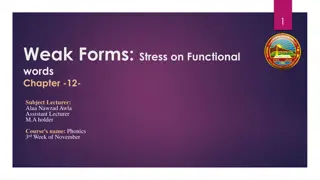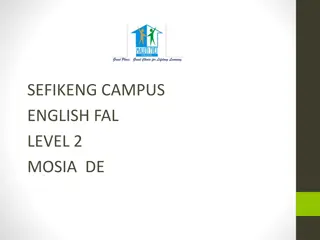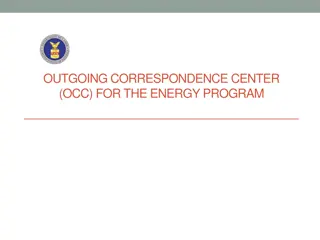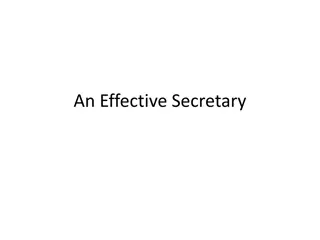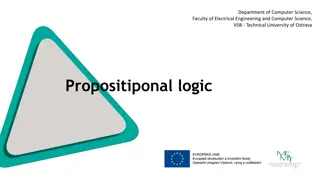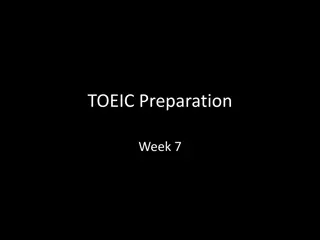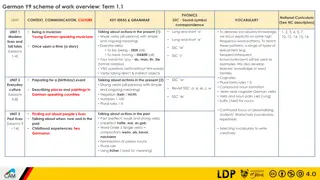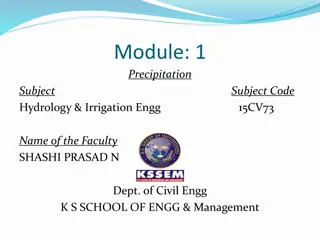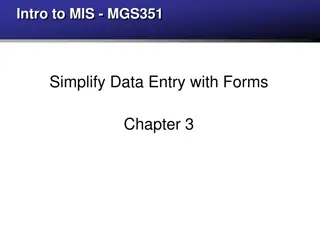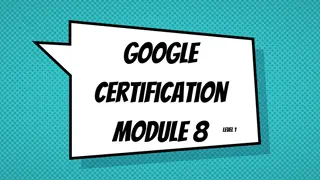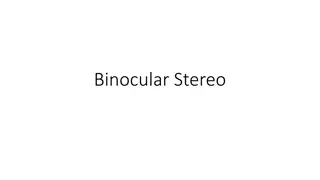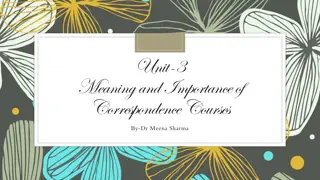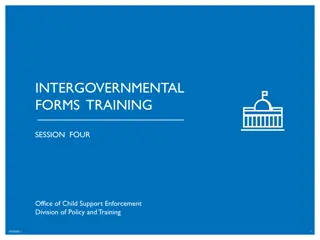Understanding Office Correspondence: Types, Purpose, and Forms
Office correspondence involves written or digital communication exchanged between two or more parties in various forms such as memos, letters, emails, and notes. The purpose includes serving notices, orders, and instructions within an organization. Correspondences can be classified as internal, external, routine, circular, personalized, or sales. Different types of letters like appointment, transfer, nomination, and invitation letters serve various functions. Forms of correspondences include letters, emails, memos, notes, fax, and text messages. Checklists and exercises help in ensuring the quality and effectiveness of written communication.
Download Presentation

Please find below an Image/Link to download the presentation.
The content on the website is provided AS IS for your information and personal use only. It may not be sold, licensed, or shared on other websites without obtaining consent from the author. Download presentation by click this link. If you encounter any issues during the download, it is possible that the publisher has removed the file from their server.
E N D
Presentation Transcript
OFFICE CORRESPONDENCE Chhabindra Parajuli Joint Secretary
WHAT IS OFFICE CORRESPONDENCE? Any written or digital communication exchanged by two or more parties. Correspondences may come in the form of internal memos, letters, emails or notes. Letter s may be short, simple and sweet. Correspondences promote the organizational image.
PURPOSE OF OFFICE CORRESPONDENCE Serving a notice to the office personnel. Serving a notice to the individual personnel. Serving an order to the department or individual employee of the offices. Serving an instruction to the department or individual employee of the offices.
CLASSIFICATION OF OFFICE CORRESPONDENCE Internal Correspondence External Correspondence Routine Correspondence Circular Personalized Correspondence Sales Correspondence
FORMS OF CORRESPONDENCES Letters Emails Memos Notes Fax Text messages
WHAT ARE THE DIFFERENT TYPES OF LETTERS? Appointment Letters Transfer Letters Nomination Letters Authority Delegation Letters Invitation Letters Promotion Letters Instructions Letters Others ..
CHECK LIST S.N. Qualities Yes No 1 Inside Address 2 Paragraphs 3 Salutation 4 Date 5 Margins 6 Copy list 7 stamped 8 Signature 9 Enclose( If any)
EXERCISE ONE Mapping the existing knowledge of the individuals Individual Letter writing on the specific task Pairs exercise for errors finding
EXERCISE Prepare a draft invitation letter for the Board of Trade meeting under the chair of Honorable Commerce minister assume that you are working as a section officer at the ministry of commerce, Nepal.

 undefined
undefined





